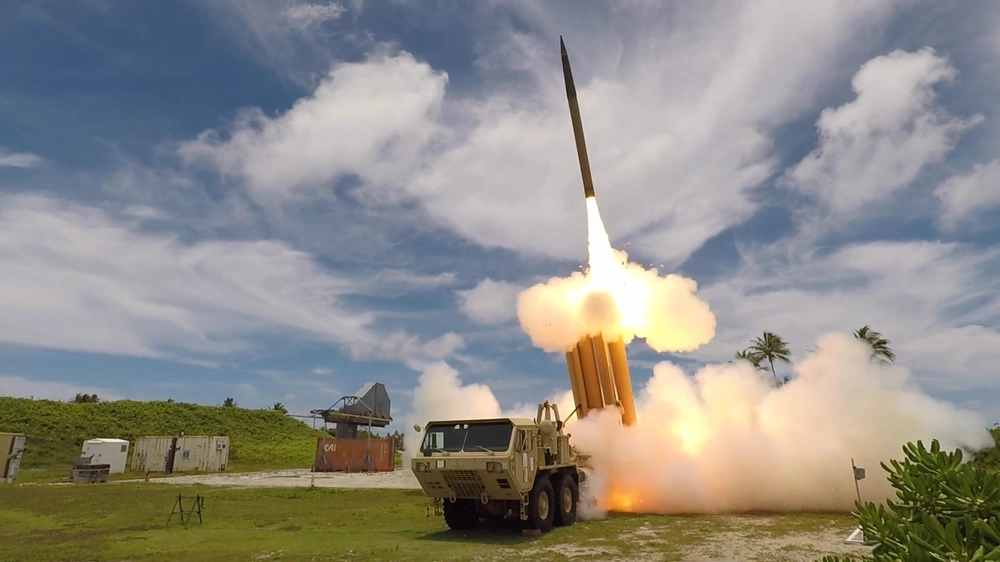A report from the Israeli newspaper Haaretz estimates that the US used 93 interceptors from its THAAD missile defense system to defend Israel from Iranian missiles during the 12-day US-Israeli war against Iran.
At $13 million per interceptor, that means the US launched an estimated $1.25 billion worth of THAAD munitions during the war. The Israeli military also used its Arrow 2 and Arrow 3 interceptors, which are jointly produced with the US. The Haaretz report said that the total cost of the Arrow and THAAD interceptors used was about $1.5 billion.
Haaretz reached its figures using open-source videos that showed 84 interceptors being launched from Israel during eight Iranian missile salvos. Extrapolating from there, the paper estimated that the US and Israel launched an estimated 195 interceptors, including the 93 THAADs, 80 Arrow 3s, and 22 Arrow 2s.

A report from Military Watch Magazine came up with similar numbers, estimating the US used 60 to 80 THAAD interceptors during the war, accounting for 15% to 20% of its global THAAD arsenal. The Biden administration first sent a THAAD system to Israel and about 100 troops to operate it in October 2024, ahead of an Israeli attack on Iran.
In April of this year, reports said the US sent a second THAAD battery to Israel, which would mean that the US has two of its seven THAAD missile defense systems stationed in Israel.
The US also intercepted Iranian missiles using US warships that were firing SM-3 interceptors, which cost between $10 million and $30 million per missile. It’s unclear how many SM-3 interceptors were fired, but the top officer in the US Navy said they were used at an “alarming rate” during the 12-day war.
The Haaretz report said that Iran fired over 500 missiles at Israel during the war, including 272 that were likely allowed to fall in open areas, and 258 that Israeli and US air defenses attempted to intercept. The Israeli military has said 36 missiles struck built environments, but the number is likely higher since it issued censorship orders during the war and hasn’t shared information about strikes on military targets.


